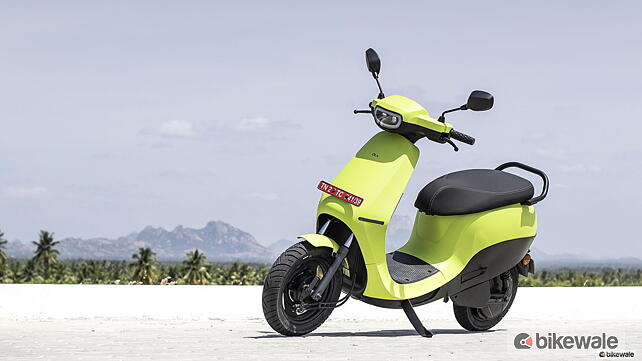
One would imagine with the history, knowledge, experience and expertise of making and selling two-wheelers around the world - not to mention for decades on end - the Japanese Three would be at the forefront of the electric two-wheeler revolution in India. Particularly, when you consider that India is primarily an electric scooter market today, and for two of our three protagonists, scooters are the mainstay. But no. Be it Honda, Suzuki or Yamaha, these manufacturers haven't even dipped their toes into the segment yet. And this is a problem.
The electric scene
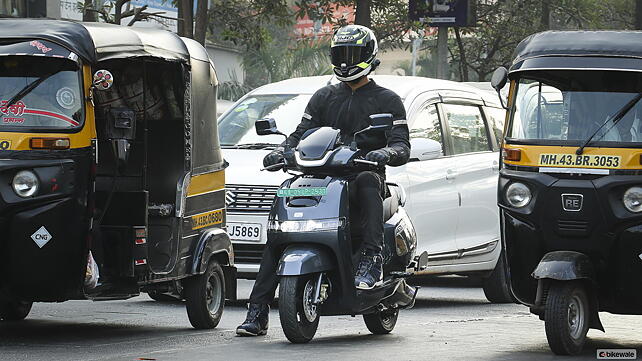
As mentioned above, India is primarily an electric scooter market. We do have some electric motorcycle models, but in terms of volumes and what buyers want from their electric two-wheelers, motorcycles are yet to cut the mustard.
The strongest player in this category today is Ola. And not just in sales volumes but also in mindshare and thought leadership. Not that its scooters are perfect. From glitchy software to an iffy build, an over-optimistic reading speedometer and a controversial front suspension design, Ola scooters have had their share of problems. But, the performance, range and features offered with the scooter, make it a crowd favourite.
Also in the fray are legacy two-wheeler makers, but all of Indian origin. TVS Motor with the iQube is the second highest-selling electric scooter. And it consistently features in the monthly top 10 most-sold scooters list. The iQube is more conventional than the Ola, and its riding experience is closer to ICE scooters. This seems to sit well with buyers looking to replace their commuter motorcycles or family scooters with electric to save on running costs. Bajaj Auto’s Chetak and Hero MotoCorp’s Vida haven’t fared as well though. This is down to two main factors - lack of awareness of the product and its limited availability in select markets.
The Japanese successes
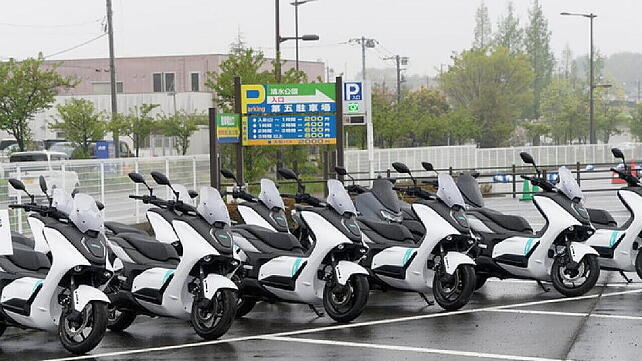
The Japanese might be missing from the EV scene, but in the ICE world, both Honda and Suzuki are masters of the scooter segment.
The Honda Activa is the largest-selling scooter month-on-month and has been for years. And it is supported well by the Dio in the 100-110cc class. Suzuki, on the other hand, rules the 125cc scooter market with the Access and Burgman. Now, if we look at motorcycle models from Honda and Suzuki, there’s very little to write home about. Honda has still managed to keep the motorcycle spirit alive with the CB Shine, but Suzuki has had no success with motorcycles in India.
Not that the two haven’t tried. Honda and Suzuki have launched multiple models in the motorcycle class with varying body styles and engine capacities. But nothing has worked as it should have. The commonality lies in the fact that whatever these two Japanese two-wheeler makers have launched in the motorcycle class has been in response to an existing and successful product.
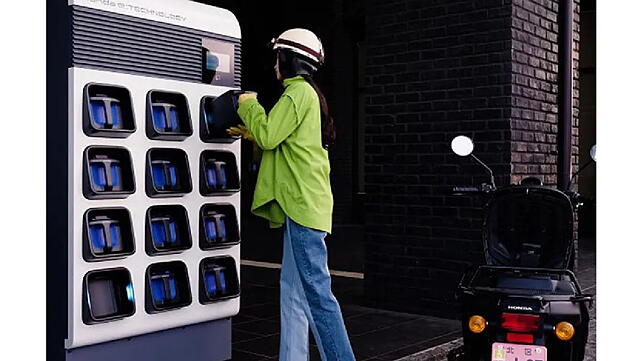
But the successes in their respective scooter classes have come on the back of them having the first mover advantage. Such is the significance of being the first mover in the market like ours that Honda hasn’t been able to crack the 125cc scooter class even though it is a runaway success in the 100-110cc segment. And it is the same with Suzuki. It might be the king of 125cc scooters but it failed to deliver in the 100-110cc scooter class. And these are companies that understand the Indian scooter buyers' psyche.
Then there is Yamaha. It hasn’t had a good run with scooters, which isn't surprising given it entered the scooter play late. However, it has had tremendous success with the R15 and the FZ. As expected, Yamaha was the first to bring design and performance-focused bikes to the 150-160cc class of motorcycles. And it has only grown year after year, even with several competing products constantly entering the fray.
The missed opportunity
Putting two and two together, it is obvious that Honda, Suzuki and Yamaha might have missed a big opportunity by being late to the electric vehicle party. It’s not that these two-wheeler makers will not enter the electric scooter segment, they will. And all three are already working on what they feel is the ideal solution for our market. Then be it the design, performance, range or features, the three are looking at it quite differently.
But, these electric scooters aren’t due for another year. And a year in a developing market and segment can be the difference between being successful or just another fringe player. As we see it, given the Three are already late, they now need to offer more than just class matching performance and range. They will need to dig deep into finding a niche within the electric scooter space to claim as their own.
They will need to come out with products with a strong ‘want’ and aspirational aura. Products that redefine benchmarks in the class but without asking the world for it. Because just another electric scooter - no matter how well built - might still not cut the mustard in what will be an established class by then.

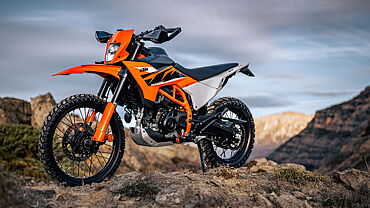

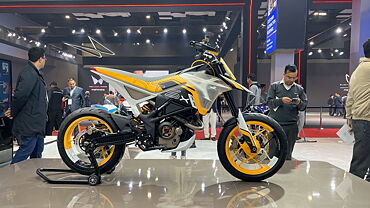

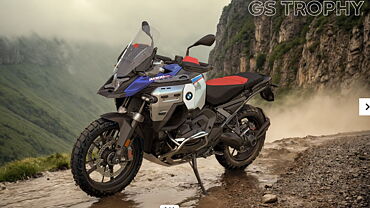
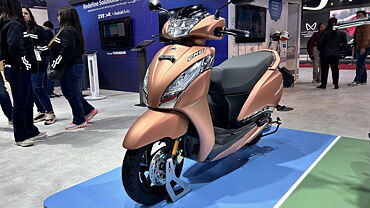
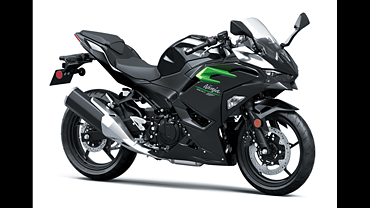
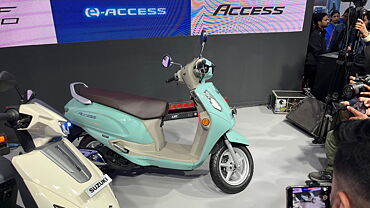
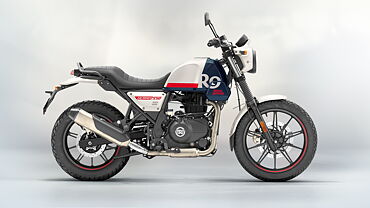


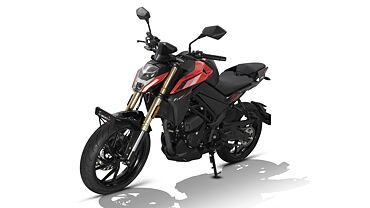
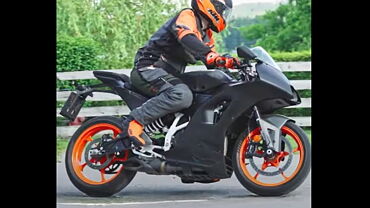
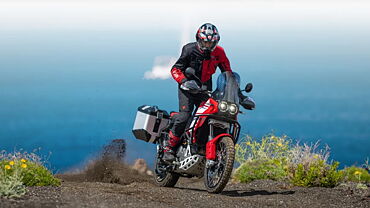




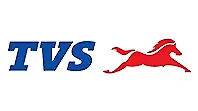

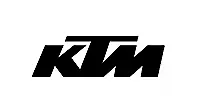




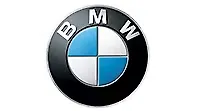
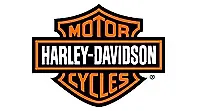










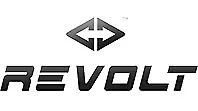
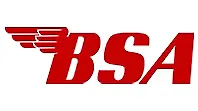
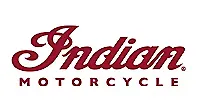
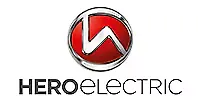




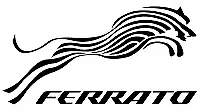








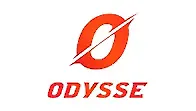











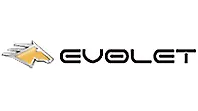
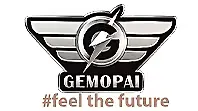






![KTM 390 Adventure X [2025] KTM 390 Adventure X [2025]](https://imgd.aeplcdn.com/272x153/n/cw/ec/190885/390-adventure-x-2025-right-side-view.jpeg?isig=0&q=80)